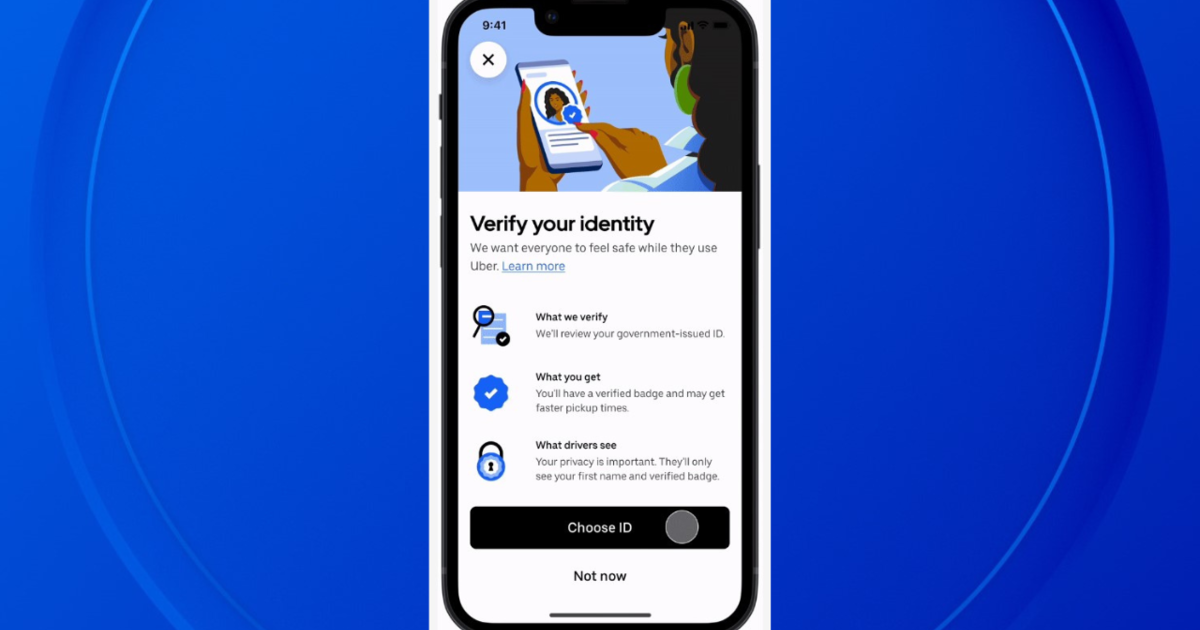Good Government Web Sites Save Money, Foster Democracy
Ann Arbor-based ForeSee Results Tuesday issued its quarterly report on the American Customer Satisfaction Index's E-Government Satisfaction Index, which indicates that good federal government Web sites save the government money and foster democracy.
ForeSee also argues that cuts to e-government -- like the ones that helped avert a government shutdown earlier this month -- are short-sighted and will cost the government more money in the long run.
The research quantifies a direct cause-and-effect relationship between highly satisfied citizens and cost savings for the government. Highly satisfied visitors to federal government Web sites save the federal government money by using the Web channel as their primary means to interact with the government as opposed to costlier channels like call centers, mail, and brick-and-mortar customer service centers. Some estimates indicate that the federal government could save hundreds of millions of dollars on postage alone by channeling citizens to Web sites.
When compared to those who are dissatisfied, highly satisfied Web site visitors report being
* 80 percent more likely to return to a Web site,
* 79 percent more likely to recommend it to others, and
* 50 percent more likely to use it as their primary resource above other, more costly channels.
Those highly satisfied citizens also report being 45 percent more likely to participate with government and report 59 percent higher trust in the government entity being measured. These are some of the desired results of the Open Government Initiative.
"If citizens find using the Web comfortable, easy, and convenient, it cuts costs through reduced paperwork, call-center overhead, fees, facilities, and time," said Larry Freed, president and CEO of ForeSee Results. "A smart investment in e-government can and should be the solution to budget deficits since these are the programs that end up reducing costs for the government in both the short run and the long run."
The E-Government Satisfaction Index was released two weeks after Congress narrowly averted a government shutdown by making cuts to many government programs including reducing the E-Government Fund from a proposed $34 million to $8 million. Transparency-oriented Web sites like data.gov and the IT dashboard will suffer as a result.
The shutdown would also have shut down many government Web sites -- which today do far greater business with the public than back during the last shutdown in 1996.
Said University of Michigan Professor Claes Fornell, head of the ACSI and author of The Satisfied Customer: "Satisfaction with e-gov is near an all-time high, but with trimmed resources it will be more difficult for government agencies to maintain a successful Web presence. Increased use of government Web sites should be encouraged if for no other reason than that it brings down cost in just about everything government does. For this, high user satisfaction is going to be critical."
In his analysis of the data, Freed wrote that "cuts to e-government will end up costing agencies in the long run, both in terms of dollars and in terms of citizen satisfaction and trust."
At 75 on the ACSI's 100-point scale, satisfaction with federal websites continues to outperform satisfaction with the federal government overall (65.4). Private sector Websites scores better, on average, than federal Web sites, but the best-scoring federal Web sites outperform the best-scoring private-sector Web sites, including Amazon, Netflix, and Google.
More than 330,000 surveys were conducted during the first quarter of 2011 for the study. There are 110 sites included in the Index this quarter. The report also contains transparency scores for 31 federal Web sites who have made quantifying citizen perceptions of transparency a priority.
The ACSI E-Government Satisfaction Index is a special quarterly report of the American Customer Satisfaction Index in partnership with ForeSee Results.
The ACSI, created at the University of Michigan, is the only uniform, national, cross-industry measure of satisfaction with the quality of goods and services available in the United States, both in the private and public sectors. In 1999, the federal government selected the ACSI to be a standard metric for measuring citizen satisfaction. More than 100 federal government agencies have used the ACSI to measure citizen satisfaction with more than 200 services and programs and more than 100 Web sites. The E-Government Index is released quarterly.
The ACSI methodology identifies key drivers of online satisfaction (such as navigation, look and feel, search, site functionality, etc.) and quantifies their relationship to overall citizen satisfaction. This cause-and-effect methodology demonstrates the impact of Website enhancements in these areas on overall customer satisfaction. In turn, customer satisfaction, as measured by the ACSI, has been proven to predict how citizens will behave in the future. Improvements to customer satisfaction will make citizens more likely to choose to interact with an agency online (the more cost-effective channel), return to the site, and recommend it to others. Monitoring and improving customer satisfaction has a tangible impact on citizen usage of the Web channel and on the bottom line.
So that federal government Web sites can benchmark against their peers, scores in the ACSI E-Government Index are organized by both functional category and organizational structure. The functional categories include news and information; portals and department main sites; e-commerce and transactional; and career and recruitment
The ACSI E-Government Index also analyzes scores according to three organizational categories that match the way the federal government is structured: department sites, which includes independent agencies, corporations, administrations, etc.; agency sites, which includes all entities that fall directly below a department or equivalent organization; and program sites, which includes all other sites.
The good news is that satisfaction is still relatively high, given e-gov's history and starting point. The e-gov index score of 75.0 is one of the top five highest-scoring quarters among the 31 quarters it has been reported. The score remains the same as last quarter, and it is down only 0.1 compared to the first quarter of 2010. Satisfaction with federal Web sites remains near its all-time high.
On ACSI's 100-point scale, a score of 80 or better is considered a superior score and can only be achieved if the Web site is doing a good job of meeting or exceeding customer expectations. Thirty-three of the 110 measured e-gov sites score 80 or higher, many of whom have done so consistently over many years.
Three websites from the Social Security Administration (iClaim, Retirement Estimator and Help with Medicare Prescription Drug Plan Costs) scored at or above 89, beating out all other private sector companies measured by the ACSI including satisfaction leaders Amazon (87), Netflix (86), and H.J. Heinz (88), which is one of the perennially highest-scoring companies in all of ACSI.
The Health and Human Services Department's Medline Plus ranked an 86, while its Medline Plus En Espanol ranked an 85. Also scoring 85 were the General Services Administration's GobiernoUSA.gov site and the National Oceanic and Atmospheric Administration main site
Sites scoring below 70, indicating they are struggling with satisfaction, include the U.S. Pension Guaranty Corp. main site, pbgc.gov, at 69, the Small Business Administration main site, sba.gov, at 69, the HHS' samhsa.gov at 69, the White House Above the Influence Web site, abovetheinfluence.com, at 69, the Military Health System main Web site, health.mil, at 69, the Social Security Administration main Web site, socialsecurity.gov, at 68, the FDIC applications site, www2.fdic.cgov, at 68, the Department of Agriculture's Farm Services Agency site, fsa.usda.gov, at 68, the Department of Transportation's Resarch and Innovative Technology Administration site, rita.dot.gov, at 68; the Department of Defesne Force Health Protection and Readiness Policy and Programs site, fhp.osd.mil, at 67, Social Security's Answers to Your Questions site, ssa-custhelp.ssa.gov, at 67, the U.S. Food and Drug Administration's main site, fda.gov, at 66, the Treasury Department's treasurydirect.gov at 65, disability.gov at 65, the Department of State's America.gov Persian language site, america.gov/persian, at 65, the GSA's gsaxcess.gov at 63, the U.S. Forest Service main site, fs.fed.us, at 61, the government's access to archival databasese site, archives.gov/aad/index.html, at 60, HHS' grants.gov site at 59, the Health and Human Services Department's NRCS Web site, nrcs.usda.gov, at 57, and the Treasury Department's main site, treasury.gov, at 57.
More at www.foreseeresults.com.



